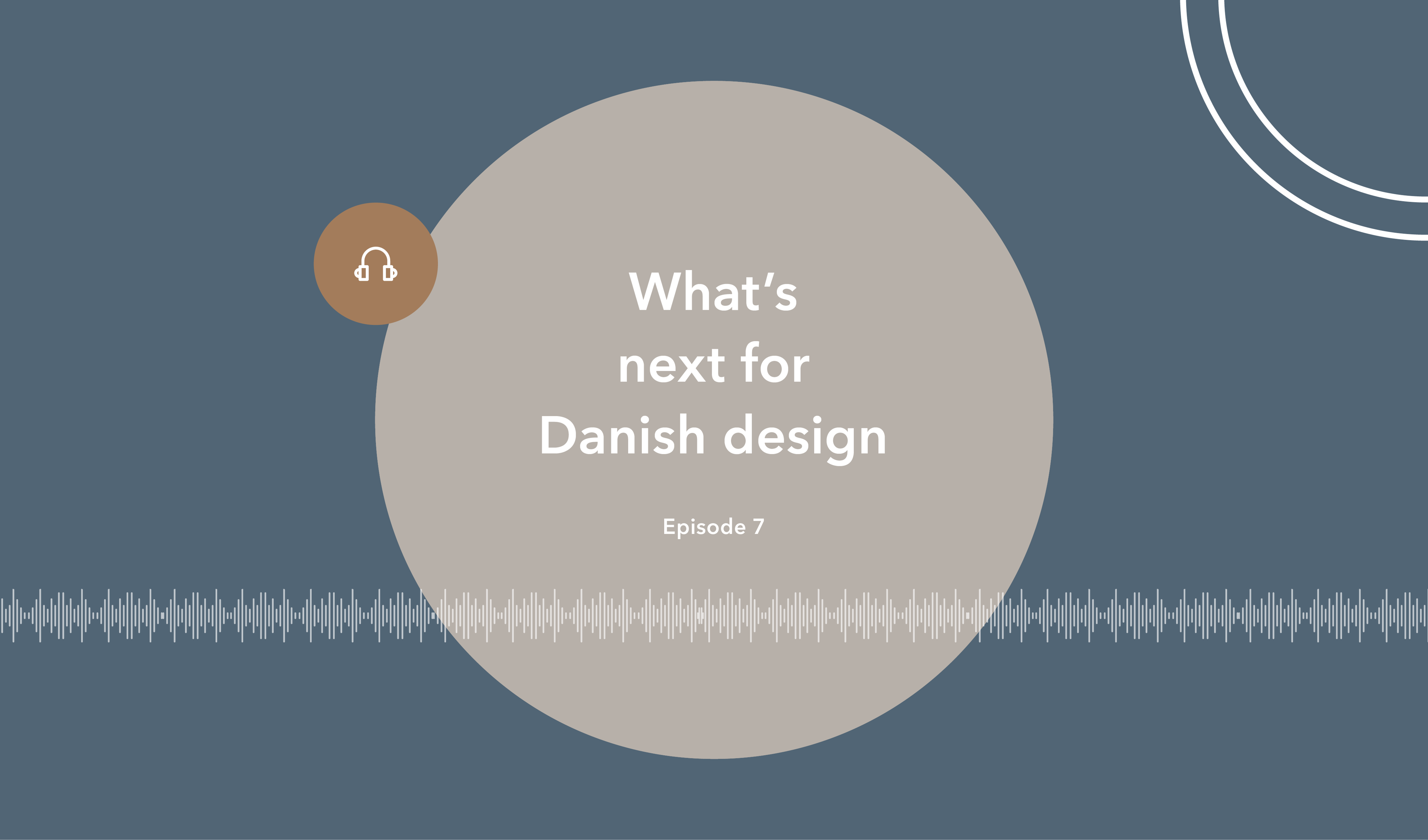
We’ve come to the final episode of our first podcast series on Danish design. We’ve had a look at the Danish design tradition from its heyday in the middle of the last century, through to more recent attempts to define the Danish design DNA, to co-creation, which today’s Danish design is especially good at. We’ve looked at why Danish design has resulted in so many beautiful chairs and made an argument for textiles taking their rightful place in the tradition. And now it’s time to turn to where Danish design is headed.
Something that designer Lars Thøgersen mentioned in my first interview was that he thinks of any design project as a matter of tænke, tegne, teste. Translated to English, that’s think - draw - test - but it just sounds better in Danish. But the notion is a good one - it’s about iterating your designs, thinking them through, drawing them out, then testing them and then starting all over again. That made sense for the tradition, and it still makes good sense when you think about going forward. So wherever Danish design is headed, it will surely continue to tænke - tegne - teste.
The Confederation of Danish Industry is suggesting an entirely new policy around Danish design. This is because their research shows that 81% of Danish companies believe that design strengthens their brand. The suggested policy is rooted in Danish design as a process and moving away from it being just about chairs and lamps. We spoke with Lise Thomsen about the initiative.
Please note that the text on this page is a transcript of the podcast episode.
Moving beyond just the chairs
Lise: I think that actually we do have a lot of communication work to do before we get...you cannot request something that you don't know of. And if you think that design is about a chair or a product, then a lot of people say, well, that has nothing to do with me.
So we'll have to spread the word about design as a process as well. And a process that the will help us reach a result that we can all be proud of and we can all be a part of. And it will take a little longer than if somebody says, well, we'll have to do this and this and that, but it will, the process will help us and the results will be more robust.
If you look at design as a process, then you have a number of experts that know a lot about a certain area, and then if you give them a design insight so that they understand how to bring in the whole value chain? How to make the research. How to include…
Julie: Who to include?
Lise: Yeah, who and what? And how to answer the questions and because they have this deep dive understanding into a certain area, then they can, they will, we will give them the ability to work across the value chain with a design education. So education is certainly a part of it.
Photo credit: Fritz Hansen

So the Confederation of Danish Industry is pushing for a comprehensive new design policy in Denmark. Today’s Danish design is less about beautiful objects (though it still results in beautiful objects at times) and more about process and putting together the right team to solve the challenges at hand.
One of the challenges at hand is how we can recycle, repurpose and revalue materials and move from linear to circular production. As the world undertakes a green transformation, thinking in the environmental impact of the products and services companies create from the very beginning is key. According to the Confederation of Danish Industry, 80% of the environmental impact of a product is due to decisions taken during the design phase. If we want to move from linear to circular products, we have to make it part of the design process. And we have to invite the right people to the table.
We asked Lærke Ryom, the young designer you met in our last episode, what she is working on right now. We thought this would give us the best insight into where Danish design is headed.
Revaluing discarded materials
Julie: You just graduated like a year ago. So you have a really fresh perspective on Danish design and where it's heading and where you see it going. I'm just curious about about what you think about that? What are you working on?
Lærke: Right now I'm working on three different projects, so I have a lot going on. I'm currently working on 2 upholstered chairs for an exhibition next week where I'm weaving the upholstery myself out of leftover or like thrown out jeans. So jeans with holes on the knees or stuff like….
Julie: So repurposing materials, OK.
Lærke: So repurposing and revaluing discarded material that would otherwise have gone to the landfill or to the yeah burning facility. Yeah. So that's a really interesting project for an exhibition next week. And then I'm working on an aluminum bench where I'm actually working with the story of the wood but transferred onto the aluminum. So I'm trying to trace wooden grain structure onto the surface of the aluminum, which is a really exciting project that I'm looking forward to getting a little closer to finished with.
Julie: Oh wow. OK.
Photo credit: Peter Vinther
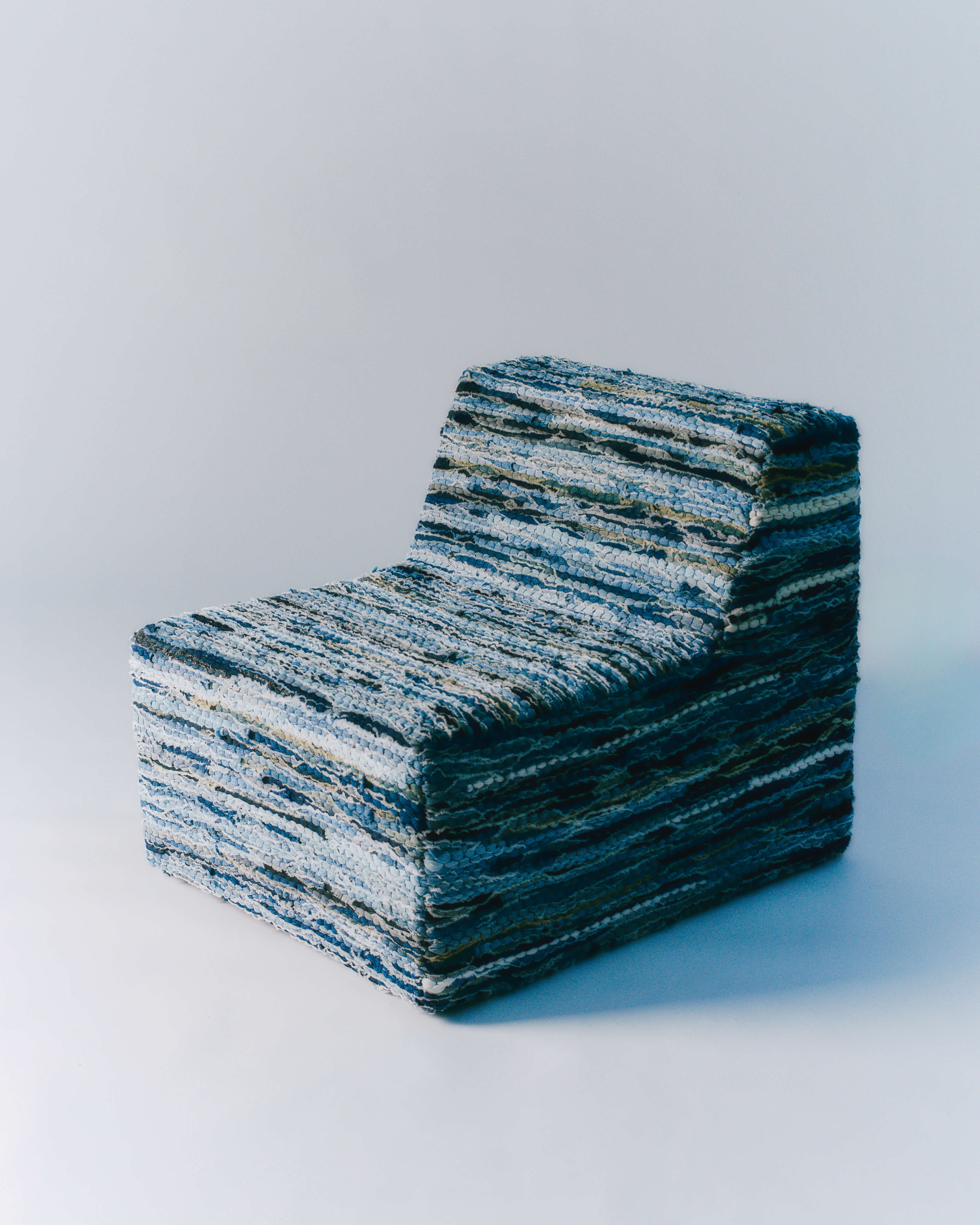
Recycling wood offcuts
Lærke: And then I'm also currently working on a dining table for Copenhagen Contemporary, together with the Dinesen we are going to make, yeah, a shop out there and yeah, I'm doing this dining table out of their leftover materials so.
Julie: Oh cool.
Lærke: From their production, so their flooring production has these off cuts to keep certain lengths of the planks and that's a really nice material to be working with.
Julie: Dinesen is a Danish company that’s been making quality wooden flooring since 1898. They’re owned today by the fifth generation of the same family! So Lærke is working with offcuts of their flooring materials to make the table.
Lærke: Like for me, part of the process when I'm designing is the connection to the materials. So the understanding that I get when I'm working with it. I'm testing things out myself. That's of huge importance to my process when designing to like almost have a dialogue with the materials.
Julie: Throughout the tradition, I think that's been important. Hans Wegner, he also knew the materials, so it is carrying on the tradition. Maybe what's new is looking at repurposing materials. They were exploring the possibilities of new materials back in the day and the processes around them.
Photo credit: Peter Vinther
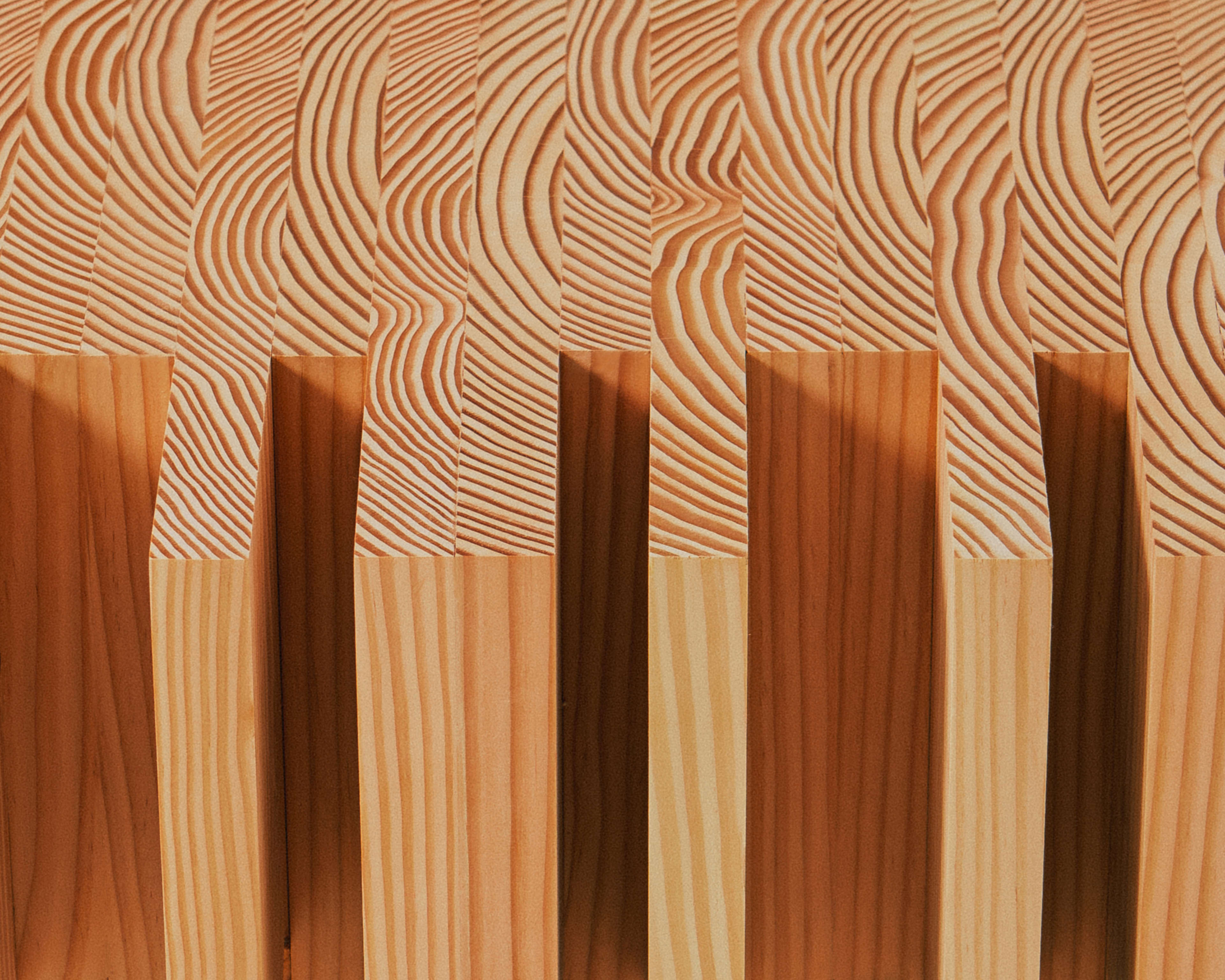
Experimenting with new materials
Lærke: I think there are still going like an investigation of new materials like into the whole biomaterial perspective of things. And so I think that's still something that is going on, but it's a long process because what they were, what they were investigating was wood and how to use that in different ways. And now we are talking biocompatible bio materials and that's something that that can be a little bit challenging because it takes a long time to see how are the durability of the materials and stuff like this so yeah.
Julie: Right. Like what kind of, what do you mean by biomaterials?
Lærke: It can be different composite materials. Composite materials with with different natural binders. So yeah. So taking for example, wooden dust and then making a binding and then molding it.
It's also something that the companies are doing. For example, for example, Kvadrat is doing it with their Really plates that are this fibers from textile and then they're compressing it to create these furniture boards that you can make yeah, tables and stuff like this out of..
Julie: Kvadrat Really is more Danish design at its best - looking into ways to recycle discarded textiles into long-lasting, beautiful products. They’re moving the boundaries on transitioning from linear to circular design. And that’s definitely part of where Danish design is headed. But back to Lærke…
Photo credit: Peter Vinther
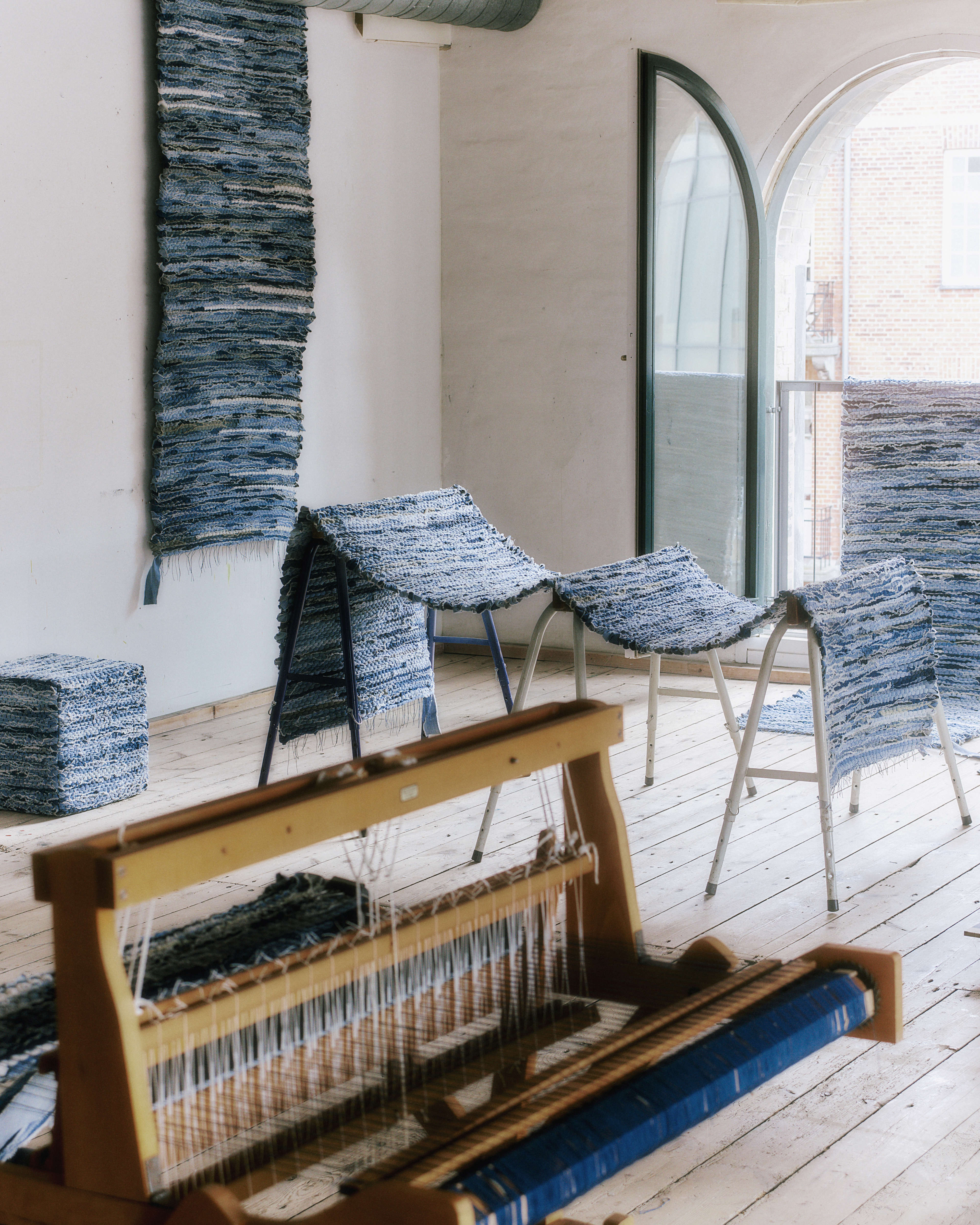
Is Danish design uniquely suited to problem-solving?
Julie: There's kind of a lot of repurposing of things going on. And is that where things are headed? Or do you think we're just getting more...it's like we had a really we didn't have a hot summer in Denmark, but I mean it is actually people are realising that we have a climate problem and we need to do something. So do you think that that's why there's an increased interest in it or?
Lærke: I think it's a difficult question to answer. Yeah, but hopefully it's occurring to people that there’s going to need to be made a change and that we need to be aware of how we create when we create. So, so yeah and it's a nice way to look at the leftover material or the material that has been thrown out and to see how can we revalue or repurpose these things. So they get a longer lifespan. So we don't always assume that everything is like virgin material or like brand new but that it also for me it can also be a really nice framework for my work. Like a starting point that really creates inspiration.
Julie: Can Danish design do something that makes it like uniquely suited to all the challenges that we face.?
Lærke: Oh, I think it won't solve all the problems but I think the way that we work with design in Denmark the use of minimal materials and also just the respect for the material I think is a step on the in the right direction. Not to just overuse and just so but let's see. I think there are going to be drastic changes that needs to be done all over. I don't think it can be isolated to just one sector...
But I think Danish design has the capability of contributing to like a way of thinking, a way to handle material to a way to respect the resources and so.
Julie: And a way of looking at process as well, I think. I keep thinking that it's like really tied to Danish culture and this sort of flat organisational structure. Everybody has a say and you can speak up. You can talk to the CEO, you can talk to the head designer. I think maybe that's something special that others should learn from and run forward with. Yeah, that is more than just the actual physical products, but the maybe the whole way of thinking around it.
Lærke: I think you're right, yeah.
Photo credit: Peter Vinther
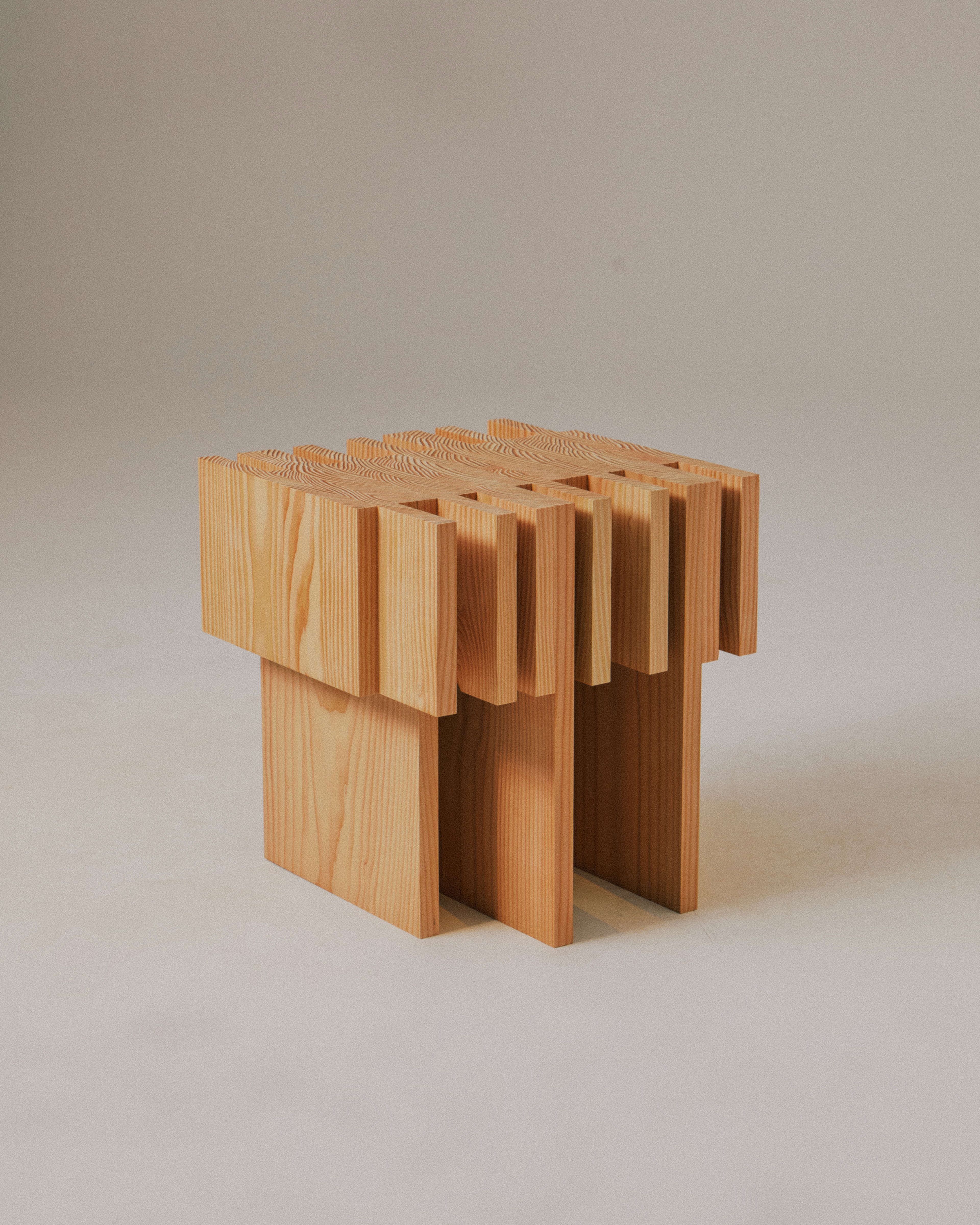
Julie: As we mentioned with Kvadrat Really, companies are increasingly thinking about transitioning from linear to circular design. This means that they’re looking at the entire lifecycle of their products, not only how they are manufactured, but how they will be recycled when they have served their purpose. Danish Industry’s survey indicates that 33% of companies are already working on this and for the majority of those, it means new ways of collaborating with their suppliers.
We asked Sune Kjems, a designer who was part of developing the Danish design DNA, where he thinks Danish design is headed.
Sune: So what happens that seen from a design doing perspective, we created these incompetence clusters of design thinkers but not being able to do design.
Julie: That might actually be true in a way.
Sune: So I think what next step is to combine it, yeah.
Julie: What does that look like? How do we do that?
Sune: I love to phrase it that we're going from design doing, design thinking and going to design being. So it's part of how we live and how we think and how we are in the world. So we are in everything we do, user-oriented user-centric. Learning by doing, co-creating. It's part of how we raise our children, how we talk to each other, how we do politics.
And that includes the aesthetic and it includes that from the very first point that we also…maybe we have to combine making people want things and making things people want because we have to use both push and pull and both the irrational and rational. So we can also ask designers instead of convincing people or going this or that way, creating a possible future and then we join that.
We want to be part of that because we have the ability to, not only dream futures, but also visualise them or make them tangible in a way that you actually can emotionally relate to them. So I think that we as designers should take that responsibility, but it's not going to be our personal utopia or our dream. It has to be a collective dream.
Innovation pushes innovation
That seems like the perfect note to end this, our first series on Danish design. These conversations I’ve had over the past six months or so have been enlightening and thought-provoking and I hope you agree.
If it’s even possible to make predictions, Danish design definitely seems to be heading in the direction of even more focus on materials and repurposing and recycling and revaluing them and thinking the lifetime of the product into the designs from the beginning. It's moving quickly from linear to circular design.
I’ve been thinking about the way that the business decisions that companies make inevitably push other companies. Just an example - a few years ago, Danish shipping giant Maersk, took a big step on their environmental journey when they ordered their first methanol-driven container ships. At the time they did it, it wasn’t clear where the methanol would come from, but that decision has accelerated the development by other companies. A company called European Energy is building a Power to X facility near Aabenraa here in Denmark, to use solar and wind power to make methanol for Maersk’s ships. It has a knock-on effect on a whole chain of other companies. That methanol will need to be stored in tanks at the port of Aabenraa, so that the new methanol ships can call there and refuel, so there needs to be a tank terminal there, and so on down the whole supply chain.
Or from our own business - when we decided to convert all our foiled kitchen fronts to recycled PET a few years ago, we could have done so for only select designs. Instead, we decided that we had to go all in, even though there were only a few sources of the foils that we needed. Now, just about 3 years later, we have the supply of recycled PET that we need for our full range, in the colours that we need. A strategic decision in one company pushes others towards a more sustainable future. And enables us to provide our customers with a great story they can tell their friends, about how many plastic bottles they saved from landfills and the oceans with their new kitchen, because we can actually calculate that number for every kitchen we sell.
It just shows that Sune is right, the dream has to be collective. And as we’ve seen, Danish design is rooted in a culture and a way of thinking that can play a big role in pushing the transition to a more circular way of thinking and manufacturing and doing business.
Thank you so much for listening. We’ll be back with a new series exploring sustainability, so hit subscribe to get notified when new episodes hit our feed.

Featured in this episode
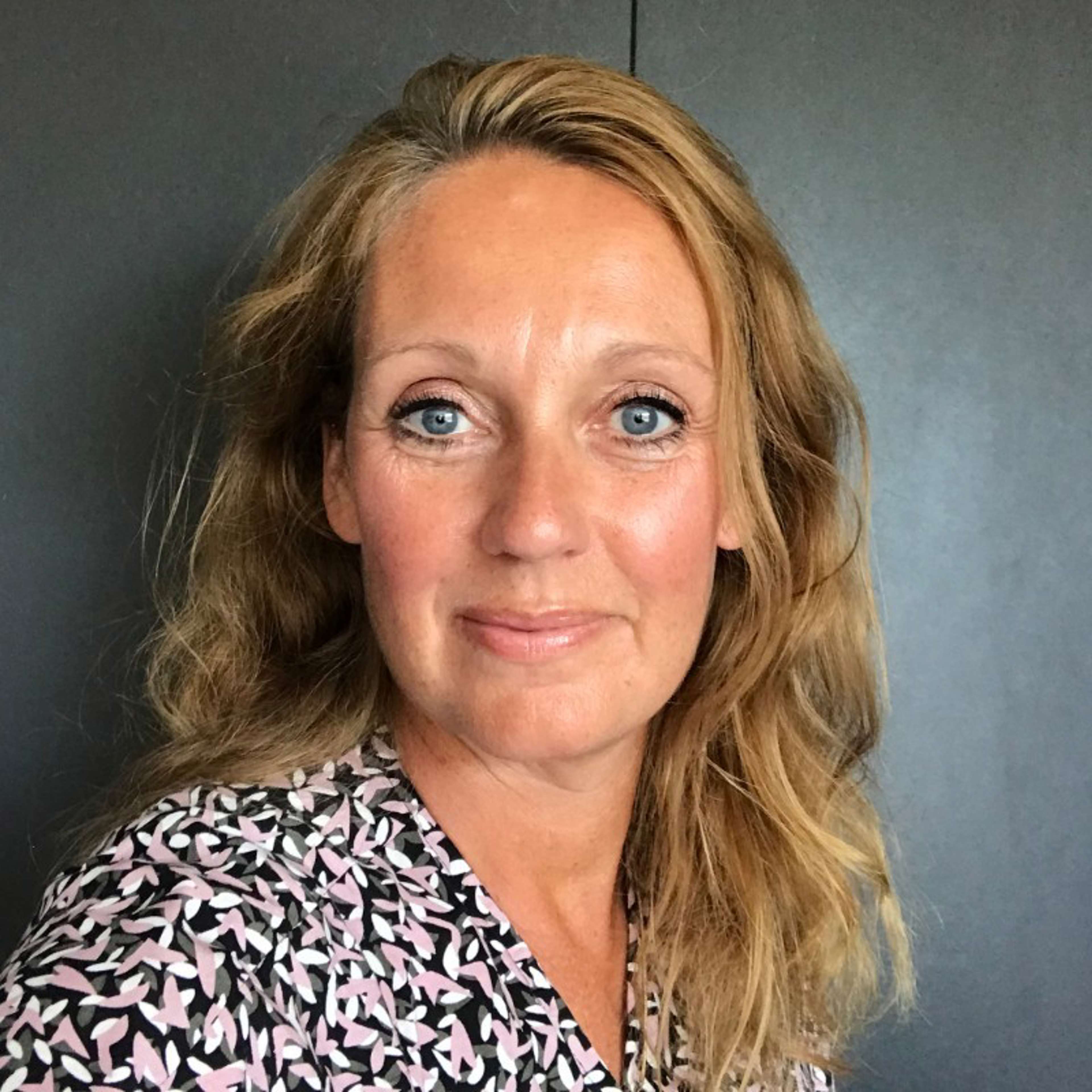
Lise Thomsen
Confederation of Danish Industry
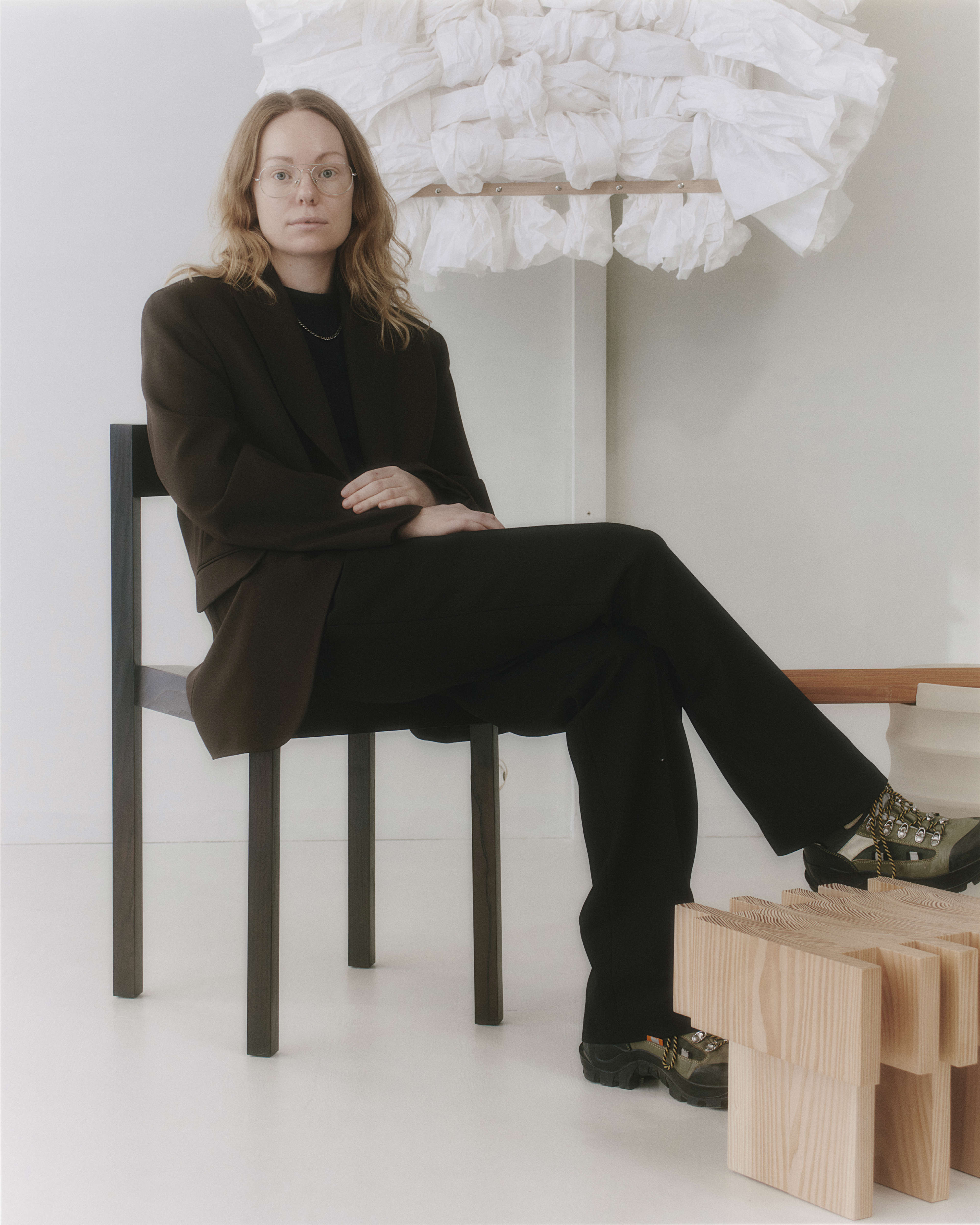
Lærke Ryom
Furniture designer
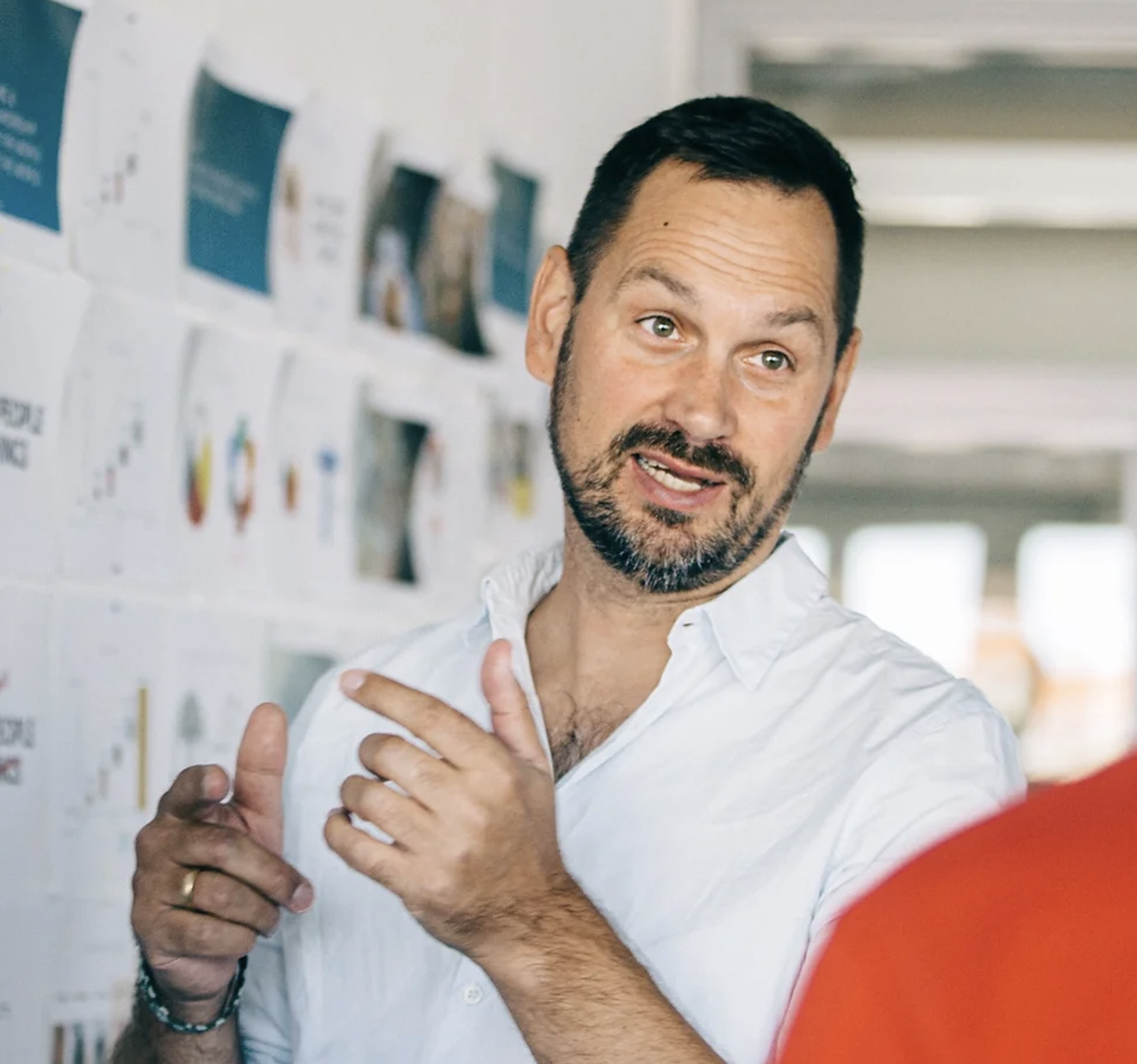
Sune Kjems
Founding Partner, Via Design